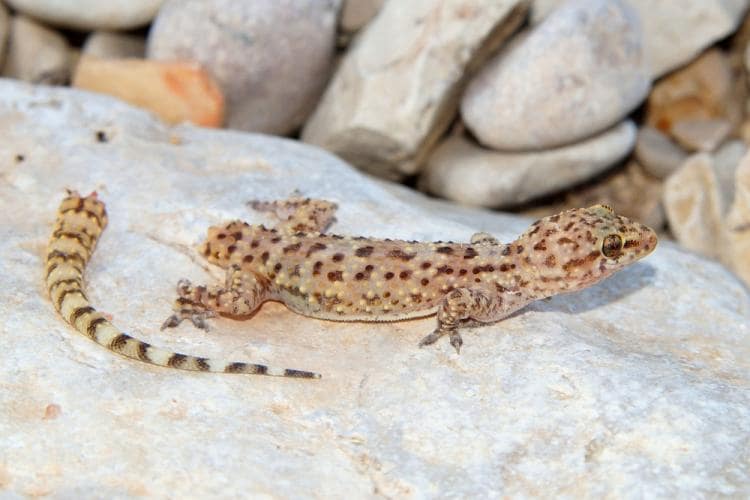Self-Inflicted pain: The Salamander Solution
We hurt ourselves while we push ourselves. We seek greater athletic glory at the expense of our bodies. We train through the pain, ignoring the warning signs of injury. We stop only when we can’t go on.

And we glorify this irrationality, admiring those who push past the perceived limits of human performance and rewarding them with shiny medals, ridiculously large sums of money, and fame that often ruins them in the end.
This cycle will not stop. It has occurred since the dawn of competition.
My job is to restore the injured. When I do it well, they return to the glorious destructive process. When the injuries become cumulative, we reset goals, modify the activities, and find satisfaction in lowered standards. The average age of the irreparably injured is being lowered every year. Watch 32-year-old alpine ski racer Lindsay Vonn in awe and weep for her future.
My hope is that our continuing research into and development of regenerative medicine techniques will lead more than just pain relief. Our goal is the true restoration of the original materials: the meniscus, the cartilage, and the ligaments that have been so abused. My aspirations are not in vain. Over the last 25 years, my research—and the work of my peers —has led to novel ways to repair, regrow, and regenerate tissues that were previously thought to be unsalvageable. Today, we augment these techniques with growth factors, lubricants, and native repair cells to accelerate healing.
Our efforts have expanded into the remodeling of animal tissue for use in people whose own tissues have been used up. The dream is that by using younger and stronger tissue (usually from pigs), the injured person might return as good or even better than they were before their injury. This fantasy has become a reality. Pig ligaments were successfully tested as ACL replacements in Europe and are in development for all of the other musculoskeletal tissues of the body.
Our next step will be to use pig organs—such as kidneys, livers, pancreas, and heart tissues—strip them of the antigens that cause rejection and repopulate them with the human patients’ own stem-derived cells. This tissue engineering process may solve the current scarcity of young healthy donor tissue for people with end-stage diseases. This work is in its infancy, but the horizon is not far away.
Our bodies once knew how to regenerate tissues. We did it in utero then shut off the genes that drive organ growth. Salamanders, on the other hand, never shut off those genes. They can regrow their lost tails throughout life. One approach to solving the human repair problem may lie in the removal of the gene inhibitors that prevent our own limb regeneration.
Only by working on these tissue regeneration solutions can I justify encouraging my patients not only to rehabilitate but to get back into the game. With the hope that one day soon we will be able to truly solve their self-inflicted, yet societally encouraged injuries, can I sleep at night.
